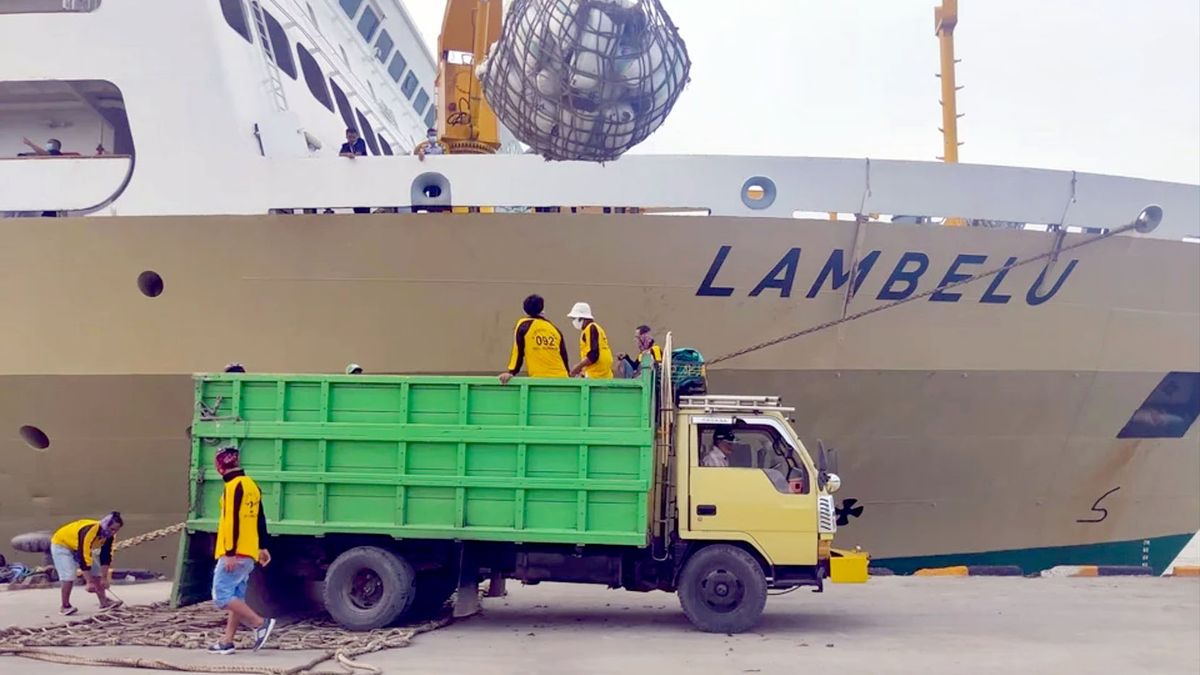Understanding The Impacts Of Dangerous Climate Whiplash On Urban Infrastructure

Table of Contents
Increased Strain on Water Infrastructure
Climate whiplash significantly impacts water infrastructure, creating a double bind of both excess and scarcity. The rapid transitions between extreme weather events place immense strain on our systems, leading to costly repairs and disruptions to essential services.
Extreme Rainfall and Flooding
Climate whiplash leads to intense bursts of rainfall that overwhelm drainage systems. This results in:
- Increased risk of waterborne diseases: Sewage overflows contaminate water sources, increasing the risk of outbreaks.
- Disruptions to water supply and sanitation services: Flooding can damage water treatment plants and distribution networks, leading to water shortages and sanitation problems.
- Costly repairs and infrastructure upgrades: Rebuilding damaged infrastructure after extreme rainfall events requires significant financial investment. This includes repairing roads, replacing damaged pipes, and cleaning up contaminated areas. Cities need to consider designing more resilient water management systems for the future. This includes implementing green infrastructure like rain gardens and permeable pavements.
Prolonged Droughts and Water Shortages
Conversely, rapid shifts to prolonged dry periods following intense rainfall events strain reservoirs and groundwater supplies, causing:
- Water restrictions and rationing: Reduced water availability forces municipalities to implement water restrictions, impacting residents and businesses.
- Increased stress on water supply networks: Lower water levels in reservoirs and aquifers put additional stress on existing infrastructure, potentially causing failures.
- Higher water prices and economic impact: Water scarcity drives up prices, impacting consumers and businesses, and potentially disrupting industries reliant on abundant water resources.
Damage to Transportation Networks
Our transportation networks are particularly vulnerable to the erratic weather patterns characteristic of climate whiplash. The rapid shifts between extreme temperatures and precipitation events cause significant damage and disruption.
Road and Bridge Damage
Extreme temperature swings cause expansion and contraction of road and bridge materials, leading to:
- Increased traffic congestion and delays: Potholes, cracks, and other damage necessitate road closures and repairs, causing traffic congestion.
- Higher transportation costs for maintenance and repair: The frequency and severity of damage increase the financial burden on municipalities for road and bridge maintenance.
- Safety risks for drivers and pedestrians: Damaged roads and bridges pose significant safety risks, increasing the likelihood of accidents. Flash floods can also wash away sections of roadways, rendering them impassable and causing significant damage.
Disruptions to Public Transportation
Extreme weather events such as heavy snowfalls, flash floods, and high winds can severely disrupt public transportation:
- Increased commuting times and reduced accessibility: Delays and cancellations of trains, buses, and other public transport options significantly impact commuters.
- Economic losses due to transportation delays: Disruptions to public transport affect businesses and the wider economy.
- Strain on emergency response systems: Damaged infrastructure can impede the ability of emergency services to reach those in need during and after extreme weather events.
Vulnerability of Energy Systems
Climate whiplash poses a significant threat to the stability and reliability of energy systems, impacting both energy production and distribution.
Power Outages and Grid Instability
Extreme heat can overload power grids, while severe storms and flooding can damage power lines and substations, causing:
- Disruptions to essential services: Widespread power outages disrupt hospitals, communication networks, and other crucial services.
- Economic losses due to business closures and production downtime: Power outages can lead to significant economic losses for businesses and industries.
- Increased risk of data loss: Power outages can cause data loss for businesses and individuals relying on digital systems. Rapid temperature changes can also affect the performance of renewable energy sources such as solar panels.
Damage to Energy Production Facilities
Climate whiplash can directly damage energy production facilities, including:
- Increased energy costs: Repairs and upgrades to damaged facilities increase energy production costs.
- Energy insecurity: Damage to energy infrastructure can lead to energy shortages and insecurity.
- Environmental consequences of damaged facilities: Damaged energy facilities can lead to environmental pollution and other negative consequences.
Impact on Buildings and Housing
Climate whiplash significantly impacts the built environment, causing structural damage and affecting the habitability of buildings.
Structural Damage and Foundation Issues
Extreme weather events, such as heavy rainfall, flooding, and strong winds, can cause:
- Increased property damage and repair costs: Repairing damage to buildings and homes can be expensive and time-consuming.
- Displacement of residents and loss of housing: Severe damage can render buildings uninhabitable, leading to displacement of residents.
- Increased insurance premiums: The increased risk of damage leads to higher insurance premiums for homeowners and businesses.
Heat Stress and Health Impacts
Extreme heatwaves exacerbated by climate whiplash can significantly impact building habitability, resulting in:
- Increased energy consumption for cooling: Residents need to use more energy for cooling during heatwaves, increasing energy costs and carbon emissions.
- Health risks associated with heat stroke and other heat-related illnesses: Extreme heat poses significant health risks, particularly for vulnerable populations.
- Increased demand on healthcare systems: Heat-related illnesses put a strain on healthcare systems.
Conclusion
Climate whiplash presents a significant and escalating threat to urban infrastructure, demanding immediate action. The unpredictable nature of these extreme weather swings necessitates a proactive and multi-pronged approach. We must invest in resilient infrastructure, improve early warning systems, develop adaptive strategies, and promote sustainable urban planning to mitigate the impacts of climate whiplash and build more resilient cities. Understanding the multifaceted challenges posed by climate whiplash is crucial for safeguarding our urban environments and ensuring a sustainable future. Let's work together to build more resilient infrastructure and prepare for the impacts of climate whiplash and its related extreme weather events.

Featured Posts
-
 Nintendos Future Safe Bets And Potential Growth Areas
May 28, 2025
Nintendos Future Safe Bets And Potential Growth Areas
May 28, 2025 -
 Euromillions At 202m How To Play And What To Do If You Win
May 28, 2025
Euromillions At 202m How To Play And What To Do If You Win
May 28, 2025 -
 Ayndhwfn Ytwj Blqb Aldwry Alhwlndy Llmwsm 2023 2024
May 28, 2025
Ayndhwfn Ytwj Blqb Aldwry Alhwlndy Llmwsm 2023 2024
May 28, 2025 -
 Angels Defeat Blue Jays Six Run 8th Inning The Key
May 28, 2025
Angels Defeat Blue Jays Six Run 8th Inning The Key
May 28, 2025 -
 Jadwal Kapal Pelni Km Lambelu Juni 2025 Nunukan Makassar
May 28, 2025
Jadwal Kapal Pelni Km Lambelu Juni 2025 Nunukan Makassar
May 28, 2025
